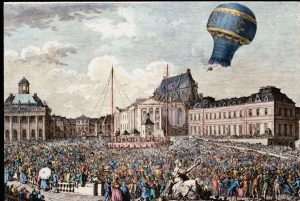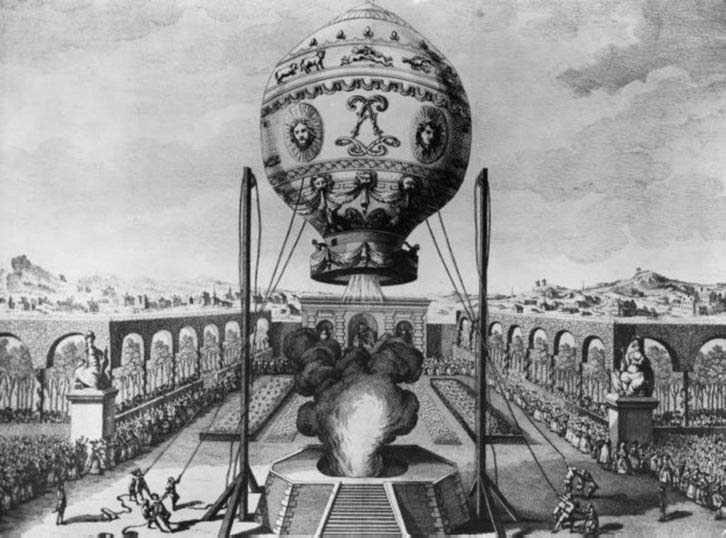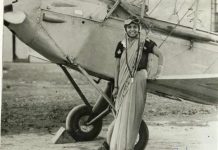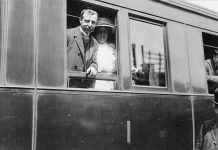Joseph Michele and Jacques Étienne Montgolfier were two French inventors who lived on the cusp of the 1700s and 1800s. Fathers of the hot air balloon (known as mongolfiera in Italian).
The hot air balloon, as rudimentary as it may seem to us now, was a giant step in human history. For the first time, humankind took to the air using a means of transport thanks to a balloon containing heated air.
From a very young age, the two brothers had two opposing yet absolutely complementary personalities. Joseph was a creative talent, a dreamer, not keen on business and always ready for new adventures, whilst Étienne had an entrepreneurial outlook, was very serious and the only one of 16 siblings focused enough to be willing to take on the responsibility of running the family business.

According to a story that may be little more than a legend, the idea of building a balloon came from Joseph, who had an epiphany while observing some clothes drying on the washing line. Joseph’s first experiment came about by pure chance: the visionary Montgolfier brother showed that a balloon could take off using just a piece of rope, an offcut of taffeta, heated air and the so-called “Montgolfier gas”. Étienne immediately understood the potential and the economic value of the idea.
After many experiments, some of them successful, others failures, the Montgolfier brothers prepared for their first great public demonstration on 4th June 1783. They flew the balloon at Annonay in front of a group of dignitaries from the Étates particuliers (estates of the realm, divisions of society during feudal times). The flight covered 2 km (1 ¼ miles), lasted 10 minutes, and had an estimated altitude of 1,600-2,000 metres (5,250-6,500 ft). It was the start of something big.
When news of this contraption arrived at Versailles, King Louis XVI wanted to personally attend a demonstration and proposed launching animals rather than human beings. On 19th September 1783, the aérostat Réveillon was flown in front of an enraptured Marie Antoinette with the first living beings in a basket attached to the balloon: a sheep, a duck and a rooster. The animals landed back on the ground uninjured after travelling 3 km (1 ¾ miles) in 8 minutes.
Next it was man’s turn.
On 21st November 1783, aviation pioneers Jean-François Pilâtre de Rozier and François Laurent, marquis d’Arlandes, offered to make the first human flight on a Montgolfier aerostat named after Marie Antoinette. They flew about 100 metres (325 ft) above Paris for a distance of 9 km (5 ½ miles) in 25 minutes. The adventure caused a sensation. The news became a trend: chairs, pocket watches, ornaments and paintings all depicted the fascinating hot air balloons and humans began to feel a need to fly.
Curiously, it’s said that of the Montgolfier brothers only Étienne ever flew on an aerostat, and he only did it once…
(ph. Wikipedia / Wikimedia Commons)




